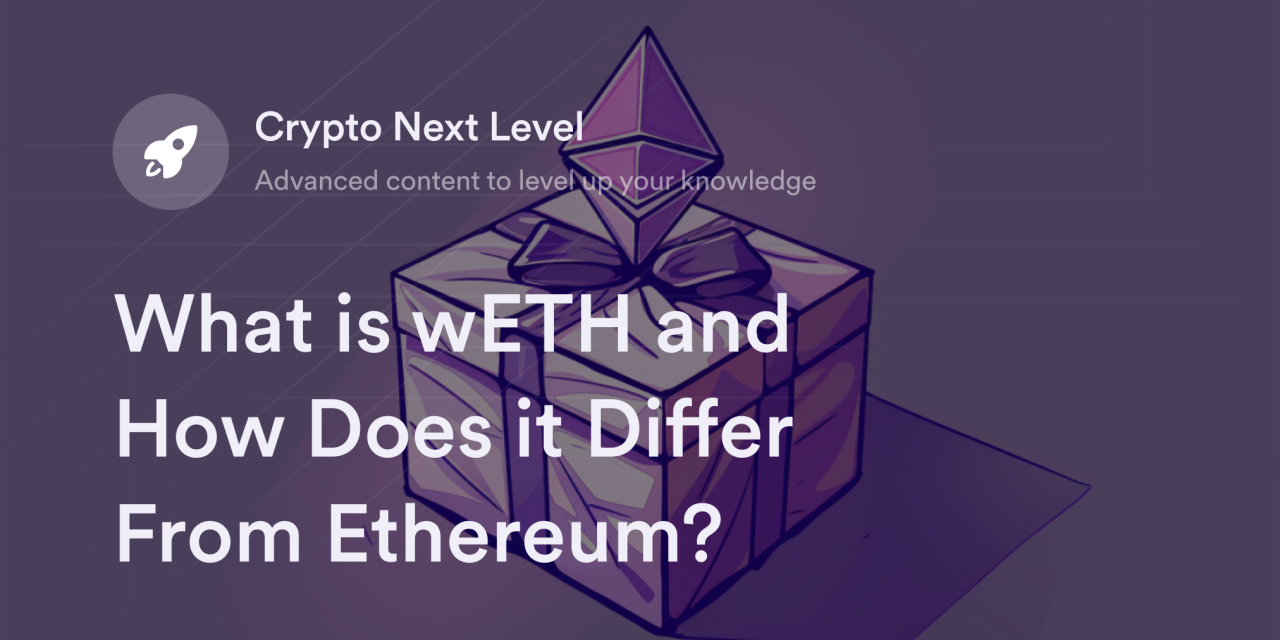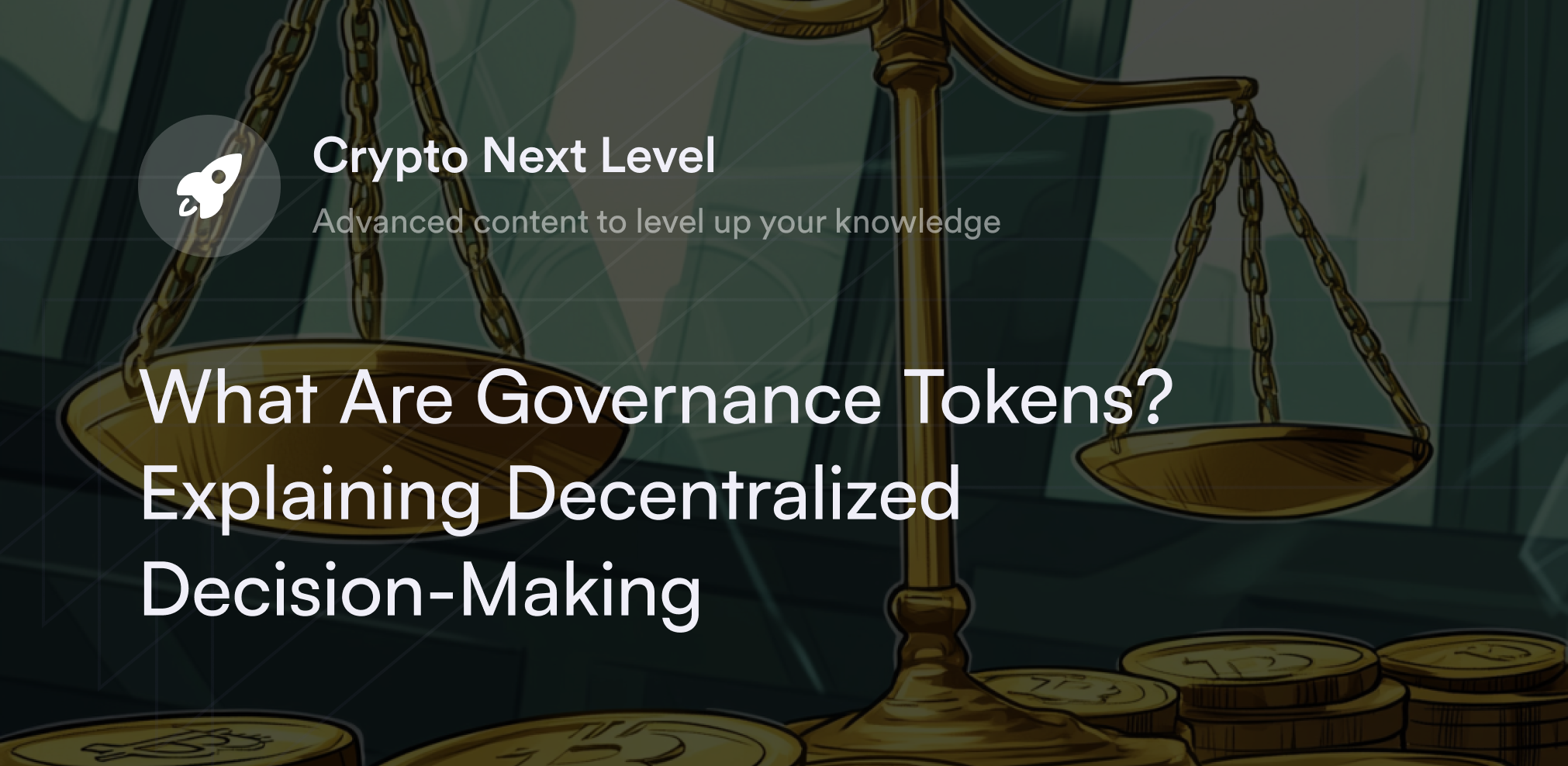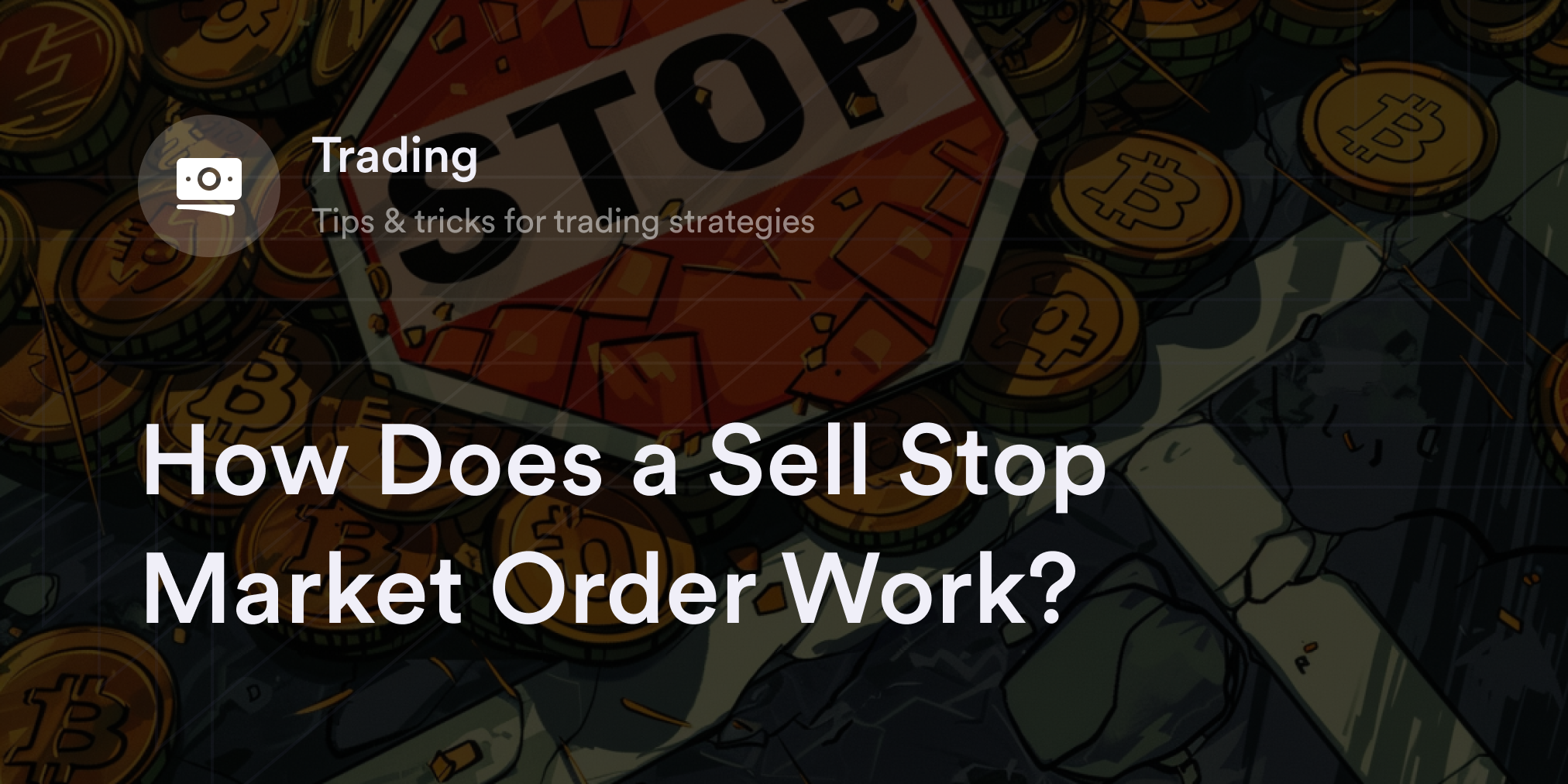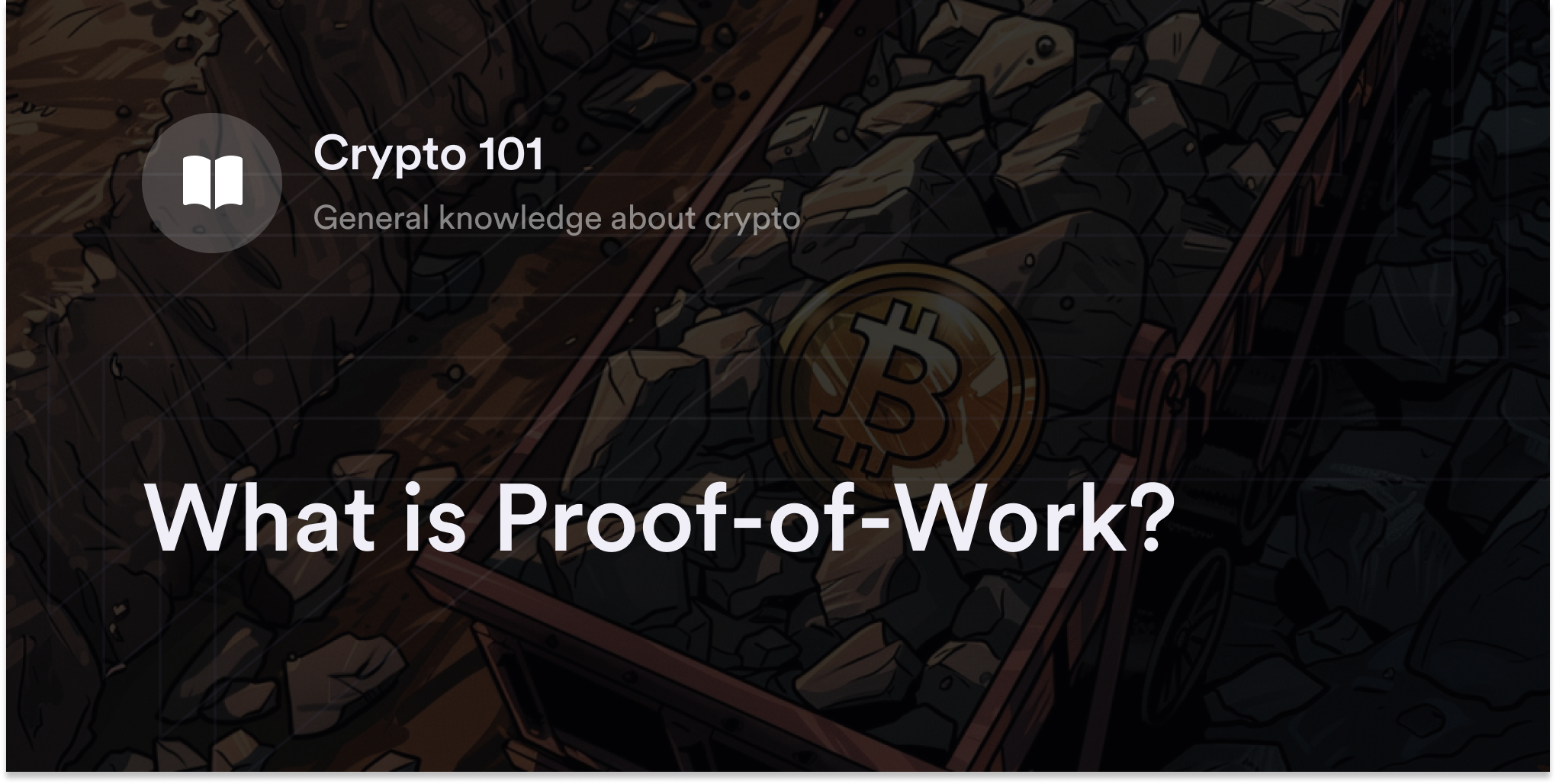


With hundreds of protocols holding billions of dollars in cryptocurrencies, Ethereum is an unavoidable force in the growing decentralized finance (DeFi) space. Many crypto traders use Ethereum's DeFi platforms like dYdX, Curve Finance, and Aave to exchange, borrow, and lend digital assets throughout the crypto ecosystem. Despite the Ethereum protocol’s rise, it's challenging to use this blockchain's native Ether (ETH) coin on Ethereum-based decentralized applications (dApps). However, with the creation of the "wrapped Ethereum" (wETH) token, crypto traders have an easier time interacting with Ethereum's cutting-edge dApps.
So what is wETH, how does it differ from the traditional ETH cryptocurrency, and why do crypto traders need to use wETH on Ethereum's dApps? Before diving in, let’s explore the fundamentals of wrapped cryptocurrencies.
What are Wrapped Cryptocurrencies?
When people "wrap" a cryptocurrency, they exchange one digital asset for an equivalent amount of synthetic virtual tokens. Although the price of a trader's deposited cryptocurrency and wrapped tokens are identical, the tokens have unique coding standards compatible with different cryptocurrency networks. Think of the "wrapper" around wrapped cryptocurrencies as an ID tag that helps other blockchain networks recognize them.
For example, wrapped Bitcoin (wBTC) is a synthetic token with the same market price as Bitcoin (BTC). The only difference between wBTC and BTC is that the former is available on blockchains outside the Bitcoin network. DeFi traders often swap BTC for an Ethereum-compatible version of wBTC to use their Bitcoin holdings on Ethereum dApps such as Aave and Uniswap.
The goal of wrapped tokens is to make it easier for people to use any cryptocurrency across multiple blockchains. Currently, each blockchain has specific coding protocols, making it impossible to interpret data from other chains. Like how iOS apps won't work on an Android device, blockchains like Bitcoin and Ethereum don't know how to communicate with each other. Wrapping helps create a copy of an original cryptocurrency with another blockchain's coding standards.
To wrap a cryptocurrency, users deposit a compatible digital asset on a wrapping service or buy a wrapped token on a crypto exchange such as Uniswap. If a crypto trader creates a wrapped token, they first lock their original cryptocurrency on a protocol to receive the wrapped version of their deposit in their account. Whenever a trader returns a wrapped token to their chosen service, the site automatically destroys (also called burning) it and returns the deposited cryptocurrency. The burning and locking mechanisms ensure that wrapped tokens’ circulating supply mirrors the amount of the underlying cryptocurrency asset.
What is wETH?
Wrapped Ethereum is a cryptocurrency token that mirrors the price of Ethereum's native Ether cryptocurrency. Developers at the Ethereum-based project 0x Labs first introduced wETH in 2017, and it's currently available on dozens of cryptocurrency exchanges, dApps, and Ethereum-based wallets.
Like wBTC, wETH has a different set of coding standards, making it easier to use wETH on blockchains such as Avalanche or Polygon. Interestingly, it's most popular to use wETH tokens within Ethereum's ecosystem. Although ETH is the native coin on the Ethereum blockchain, it doesn't meet a set of coding protocols known as the "ERC-20 token standard." All fungible tokens built on the Ethereum blockchain must follow the ERC-20 specifications to work within this network's smart contract-based dApps. For context, smart contracts are blockchain programs that automatically execute their preprogrammed commands and are an essential feature in dApp design. So while people use ETH to pay transaction fees and stake on the Ethereum blockchain, it's impossible to use regular ETH to interact with Ethereum's smart contract code on dApps like Aave, OpenSea, and Uniswap. wETH solves this issue by creating an ERC-20 token version of ETH for use on dApps in the Ethereum ecosystem.
wETH Versus ETH
In terms of price on crypto exchanges, wETH and ETH intended to be identical. The supply of wETH and ETH are also the same because traders can't create wETH without first sending ETH to a wrapping software. But the critical difference between these cryptocurrencies lies in their use cases. ETH has three purposes: to transfer value, secure the blockchain via staking, and pay transaction fees. In contrast, traders use wETH for various functions on dApps both within and outside Ethereum's ecosystem. Although wETH is most commonly used in DeFi for lending, trading, and borrowing, it's possible to use wETH on other smart contract applications, such as metaverse gaming platforms and non-fungible token (NFT) markets.
How to Convert ETH to wETH
As wETH becomes more widely used in DeFi, more dApps, exchanges, and crypto wallets offer straightforward ways to wrap ETH. For instance, Ethereum software wallet MetaMask has a "Swap" function to instantly transfer ETH to wETH and vice versa. Created by ConsenSys, MetaMask is a free self-custodial crypto wallet, meaning each wallet holder can access a secret passcode and exercise complete control over their cryptocurrencies.
Here’s what you need to do:
Set up a MetaMask account on metamask.io and transfer ETH to this address.
Once you follow these steps, you’ll see a "Swap" button to the right of the central "Send" button.
Click "Swap," enter how much ETH you want to exchange for wETH, and click "Review Swap." [Remember, there are extra transaction fees (aka gas fees) on the Ethereum network to process every transaction.]
Shortly after confirming this swap, wETH will appear in your MetaMask balance.
You can also buy wETH on decentralized exchanges (DEXs) such as Uniswap, Curve Finance, and 1Inch.
First, connect a compatible crypto wallet like MetaMask to your preferred DEX.
Once the wallet links to the DEX, enter the amount of ETH you want to exchange for wETH and confirm the transaction.
Pay ETH gas fees, and the exchange will deposit wETH into your wallet.
Finally, some Ethereum-compatible NFT markets let you wrap ETH directly on the protocol. For example, on OpenSea, you can click the crypto wallet’s icon in the top right corner to find three dots leading to a “Wrap” ETH function.
Are There Risks of Wrapping ETH?
Wrapped cryptocurrencies like wETH help crypto traders access more opportunities with their digital assets but present a centralization risk. Since custodians watch over the ETH traders deposit to create wrapped tokens, traders need to trust that the protocols or institutions watching their Ethereum have high security standards. Also, since many wrapping systems use automated smart contract "vaults," coding errors are a cause for concern. For example, hackers stole more than 120,000 wETH in 2022 from a Web3 protocol called Wormhole. The Wormhole Bridge helps Ethereum users transfer ETH and ETH-based tokens to the Solana blockchain. Anyone considering using wETH in DeFi should recognize the risks of hacks, glitches, and coding vulnerabilities.
Learn More About DeFi on dYdX
DeFi dApps like dYdX offer eligible traders new ways to trade digital assets and derivatives like crypto perpetuals. After linking a compatible crypto wallet, eligible traders can enjoy a low-fee crypto perpetuals trading experience with up to 20x leverage. For those new to using DeFi services like DEXs, check out our Academy for a wealth of guides on all things crypto. And if you’re interested in learning more about our platform and product, head to our blog.
Eligible traders can start trading on dYdX today!
Disclaimer
The content of this article (the “Article”) is provided for general informational purposes only. Reference to any specific strategy, technique, product, service, or entity does not constitute an endorsement or recommendation by dYdX Trading Inc., or any affiliate, agent, or representative thereof (“dYdX”). Use of strategies, techniques, products or services referenced in this Article may involve material risks, including the risk of financial losses arising from the volatility, operational loss, or nonconsensual liquidation of digital assets. The content of this Article does not constitute, and should not be considered, construed, or relied upon as, financial advice, legal advice, tax advice, investment advice, or advice of any other nature; and the content of this Article is not an offer, solicitation or call to action to make any investment, or purchase any crypto asset, of any kind. dYdX makes no representation, assurance or guarantee as to the accuracy, completeness, timeliness, suitability, or validity of any information in this Article or any third-party website that may be linked to it. You are solely responsible for conducting independent research, performing due diligence, and/or seeking advice from a professional advisor prior to taking any financial, tax, legal, or investment action.
You may only use the dYdX Services in compliance with the dYdX Terms of Use available here, including the geographic restrictions therein.
Any applicable sponsorship in connection with this Article will be disclosed, and any reference to a sponsor in this Article is for disclosure purposes, or informational in nature, and in any event is not a call to action to make an investment, acquire a service or product, or purchase crypto assets. This Article does not offer the purchase or sale of any financial instruments or related services.
By accessing this Article and taking any action in connection with the information contained in this Article, you agree that dYdX is not responsible, directly or indirectly, for any errors, omissions, or delays related to this Article, or any damage, injury, or loss incurred in connection with use of or reliance on the content of this Article, including any specific strategy, technique, product, service, or entity that may be referenced in the Article.







